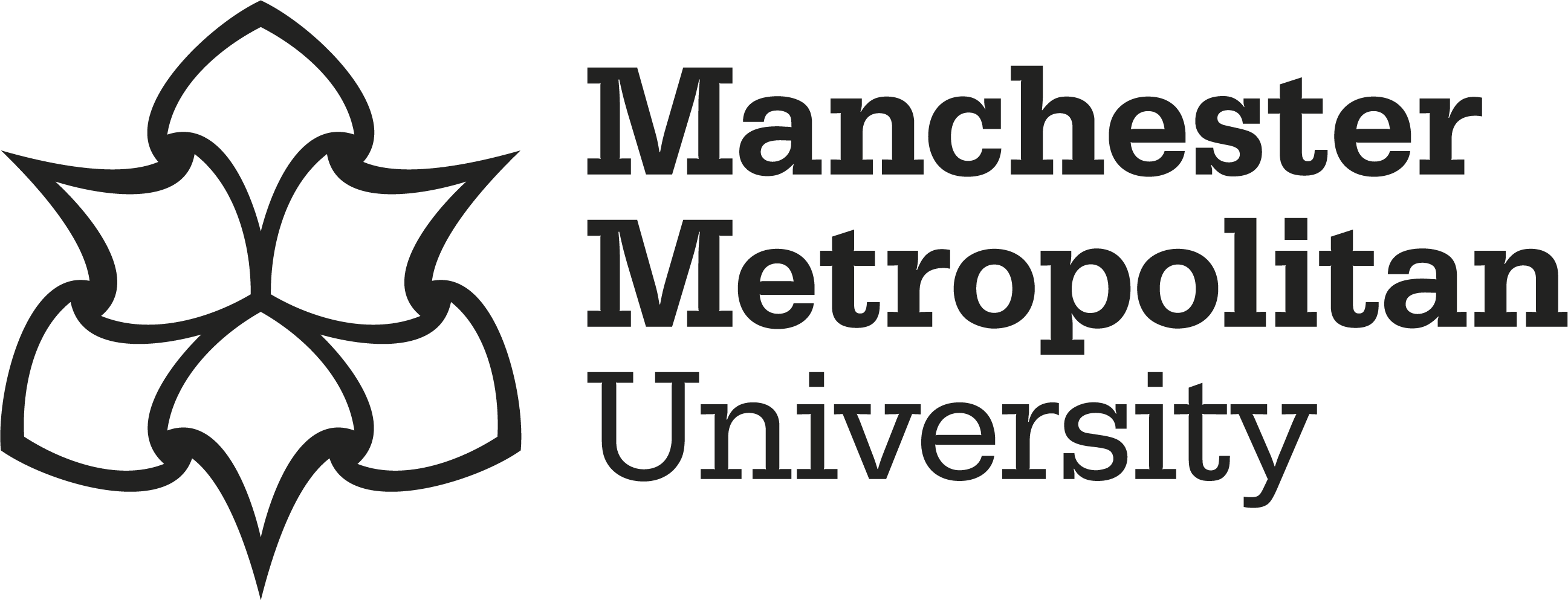Shah, Rohan 




|
Published Version
Available under License Creative Commons Attribution. Download (522kB) | Preview |
Abstract
Background: Anemia is a serious public health problem in India, affecting a large proportion of children, adolescent females, and women. The primary aim of the study was to investigate the prevalence and risk factors of anemia in adolescent females and to understand the feasibility of involving adolescent females from rural regions of Maharashtra through a combination of community-based recruitment and hospital-based investigation strategies. Methods: A cross-sectional study was conducted involving unmarried adolescent females (10–19 years) from the Osmanabad district of Maharashtra (April–August 2018). Venous blood samples were taken, and anemia was defined using a hemoglobin cutoff of < 12.0 g/dL. Multiple logistic and linear regression models were used to explore associations of risk factors with anemia status and hemoglobin (Hb) levels, respectively. Results: Out of 679 participants informed and invited to the study, data were available and analyzed for 401 (59.05%) participants. The prevalence of anemia was 29.42%. In the fully adjusted linear regression model, Hb levels reduced by 0.15 g/dL with each year increase in age (β = −0.15 [95% CI: −0.24 to −0.05], p = 0.002). Hb levels were lower in those engaged in paid work compared to those who were not (β = −1.19 [95% CI: −2.09 to −0.29], p = 0.010) and among those belonging to the Muslim religion (β = −0.75 [95% CI: −1.41 to −0.10], p = 0.024) compared to Hindus. In the fully adjusted logistic regression model, anemia likelihood increased significantly with age (OR: 1.24 [95% CI: 1.07–1.44], p = 0.004) and was higher in Muslims compared to Hindus (OR: 3.02 [95% CI: 1.14–7.99], p = 0.026). Pulses/lentils consumption (≥ 3 times a week) was associated with a decreased risk of anemia (OR: 0.51 [95% CI: 0.28–0.90], p = 0.022). Conclusion: Using the World Health Organization criteria, the prevalence of anemia was moderately high among adolescent females in the study region. Comprehensive preventive measures for the adolescent female population are required, along with intervention programs that include education, nutrition, supplementation, and social support schemes.
Impact and Reach
Statistics
Additional statistics for this dataset are available via IRStats2.


